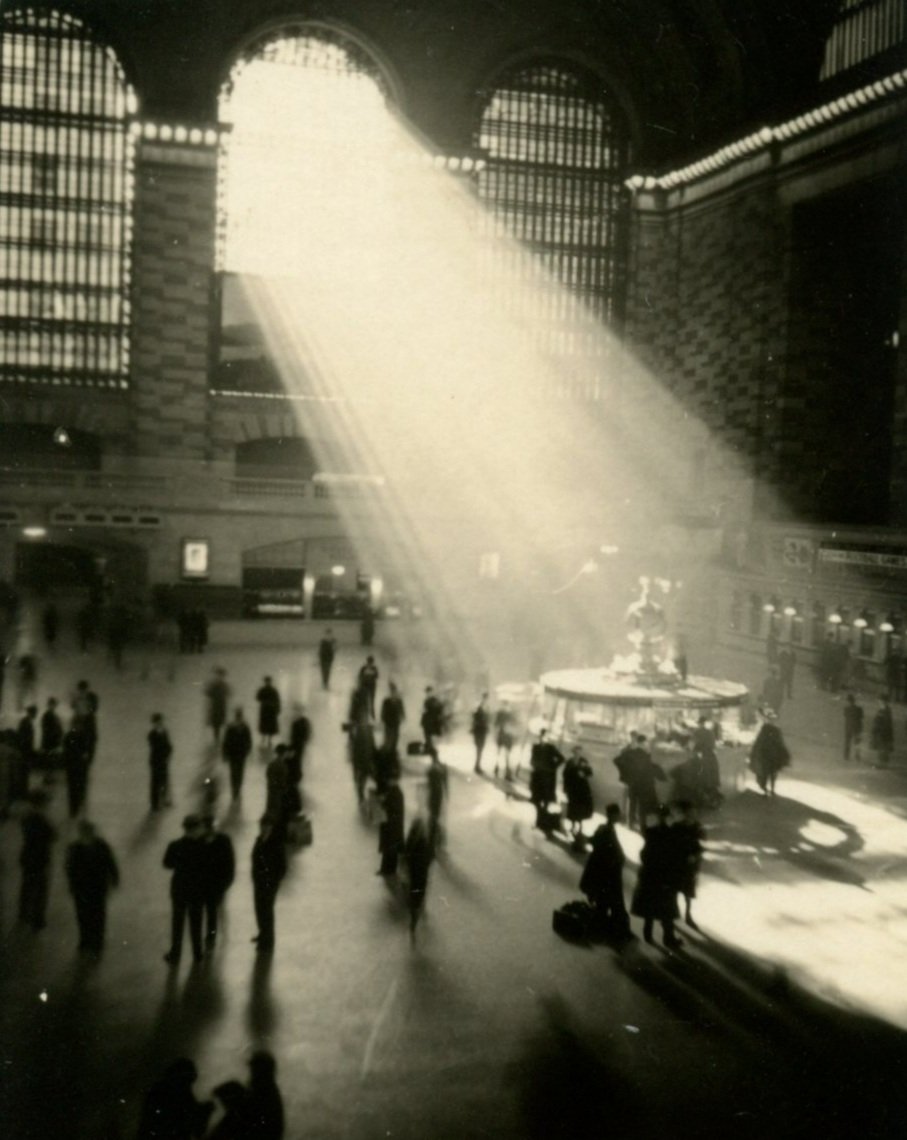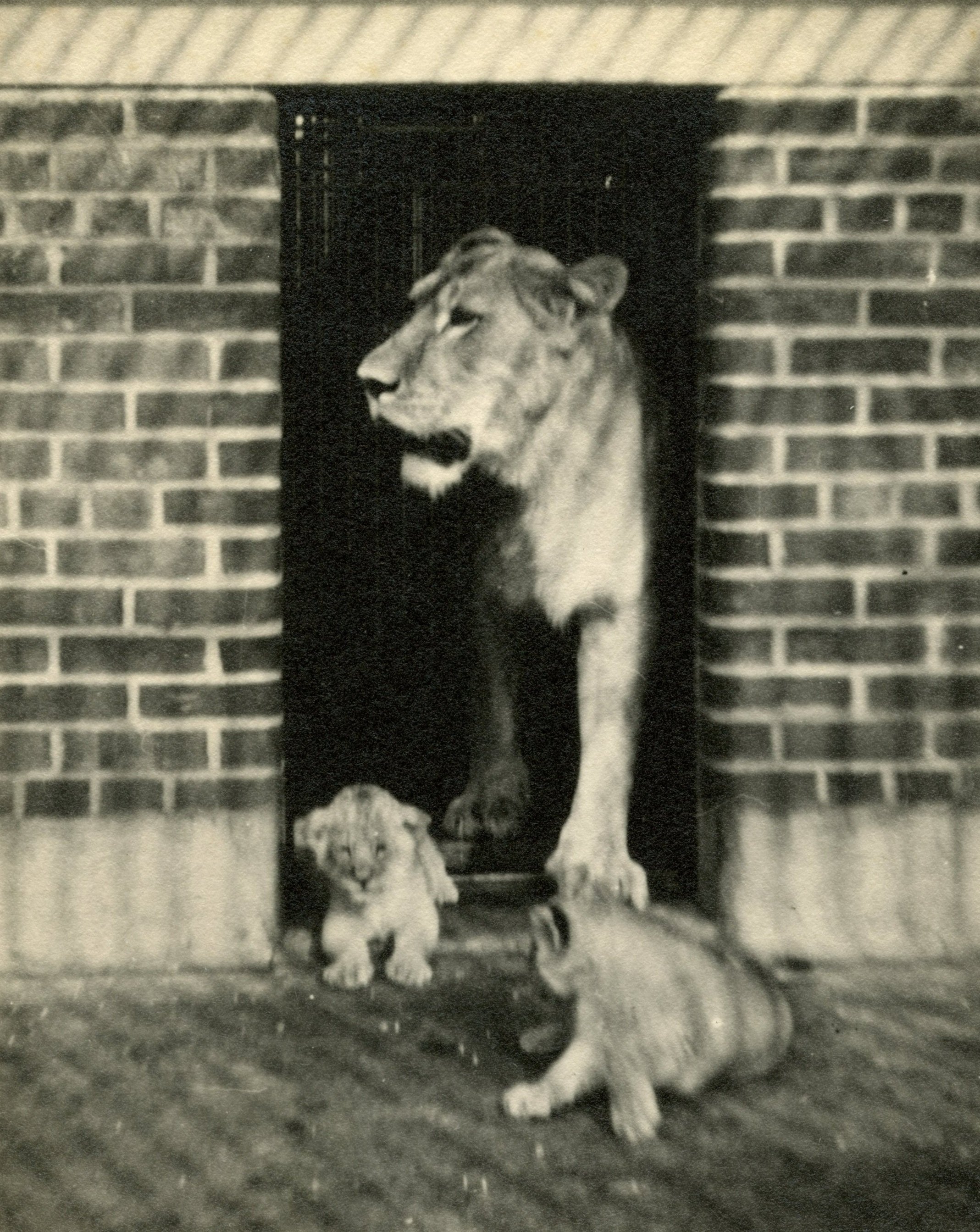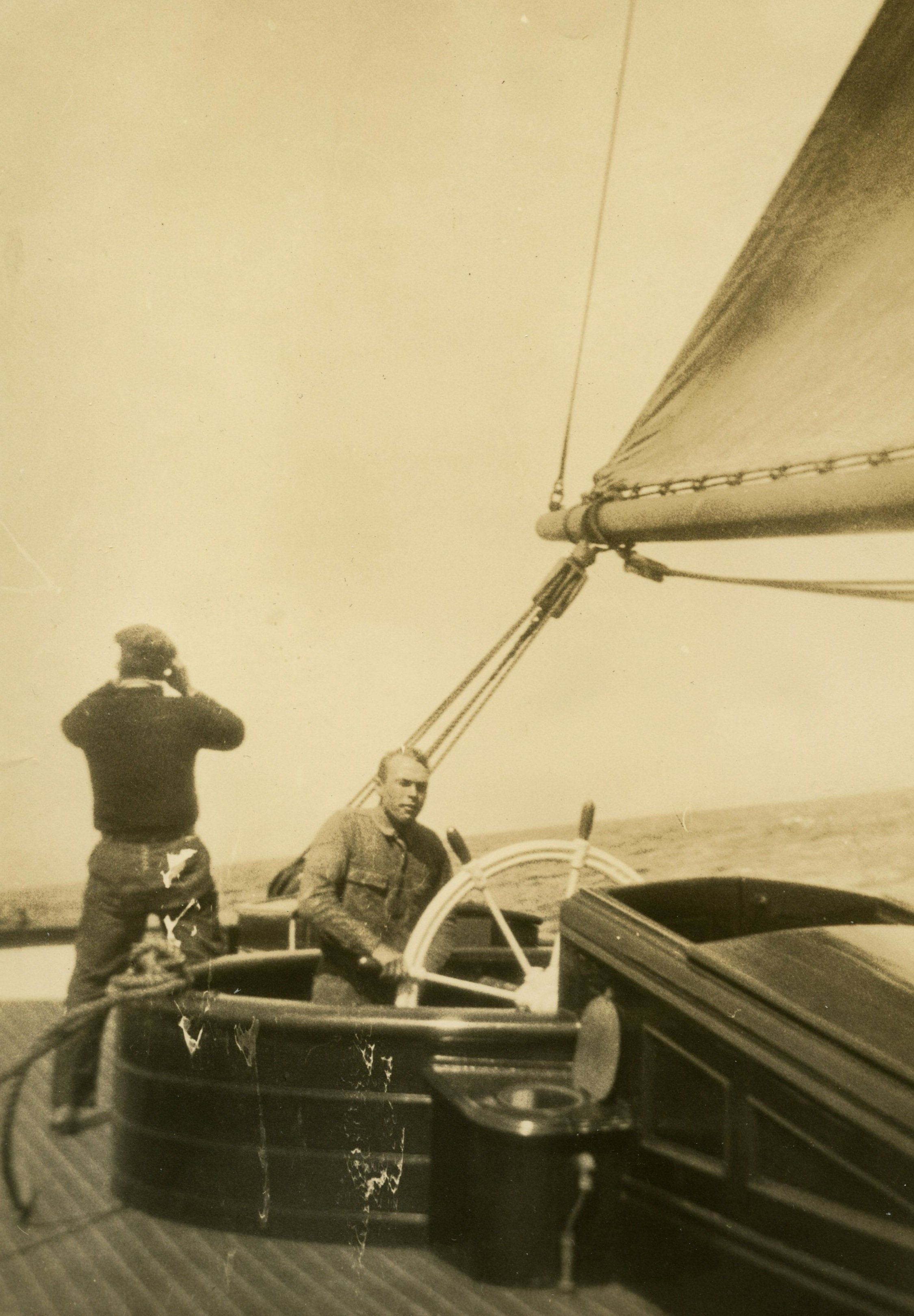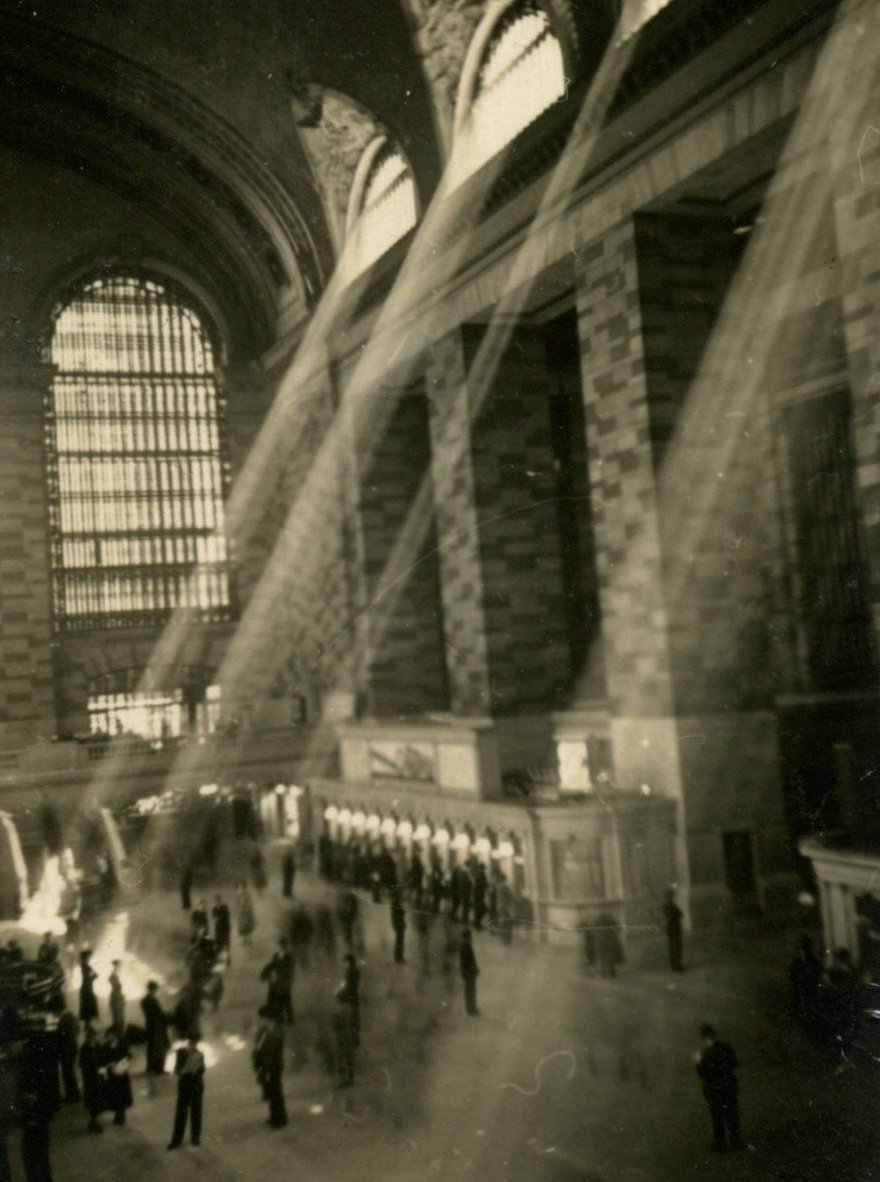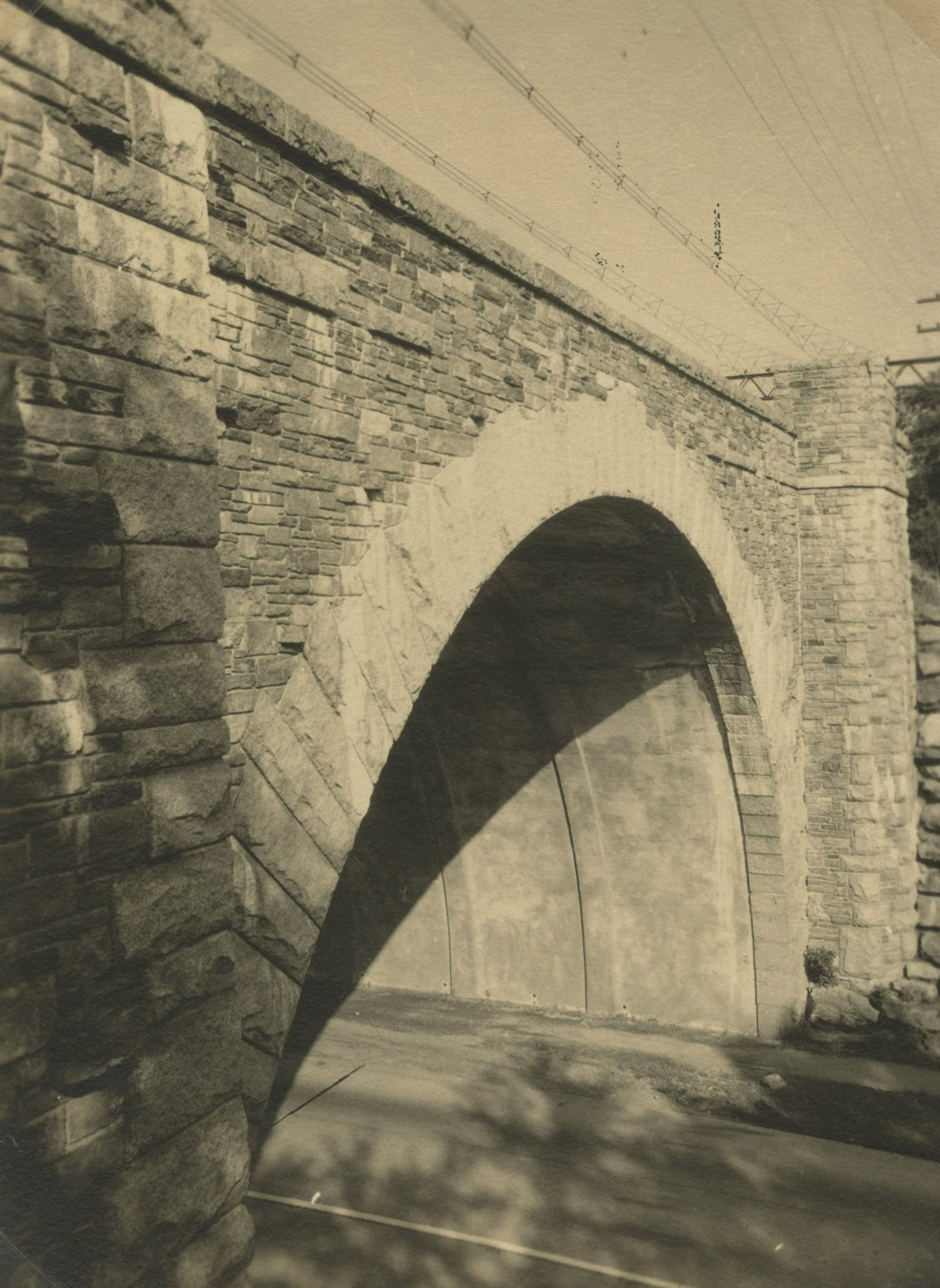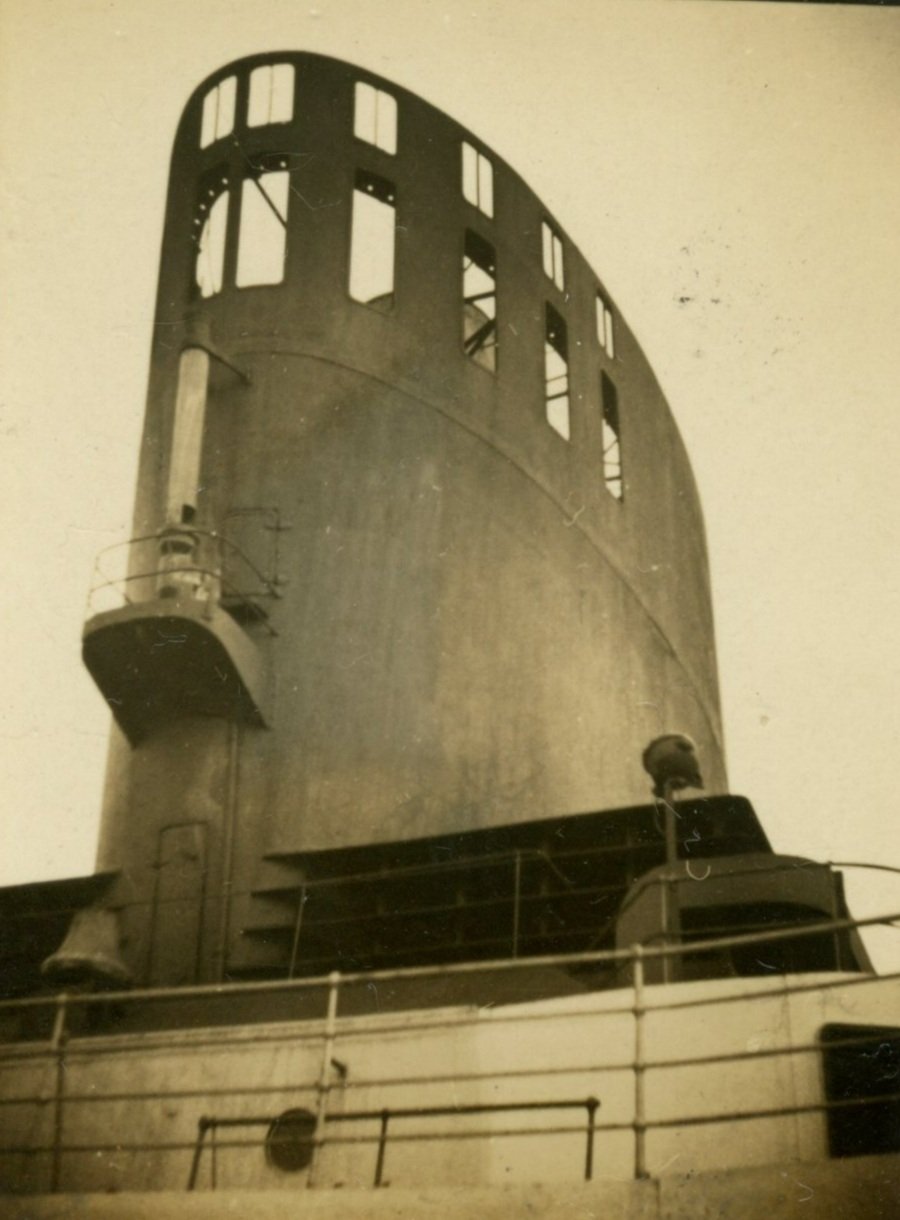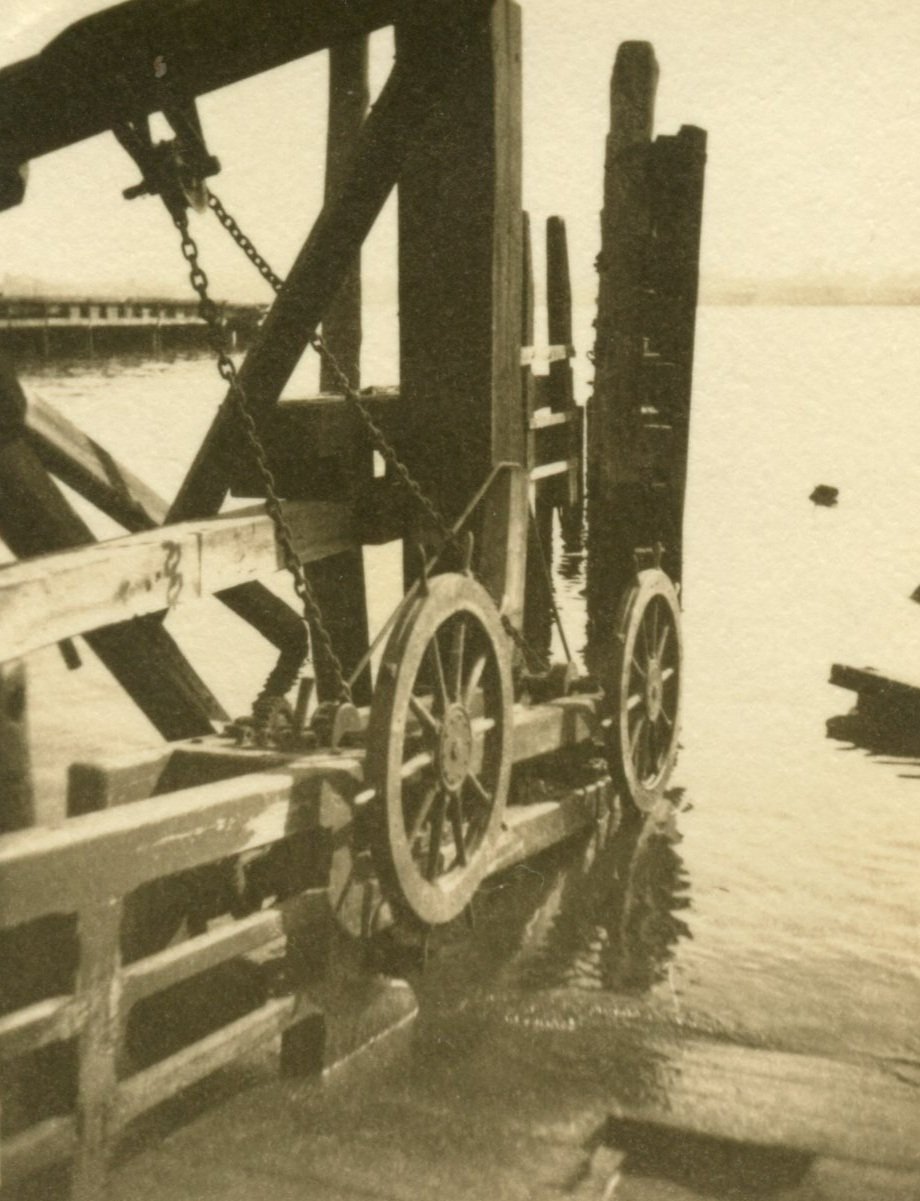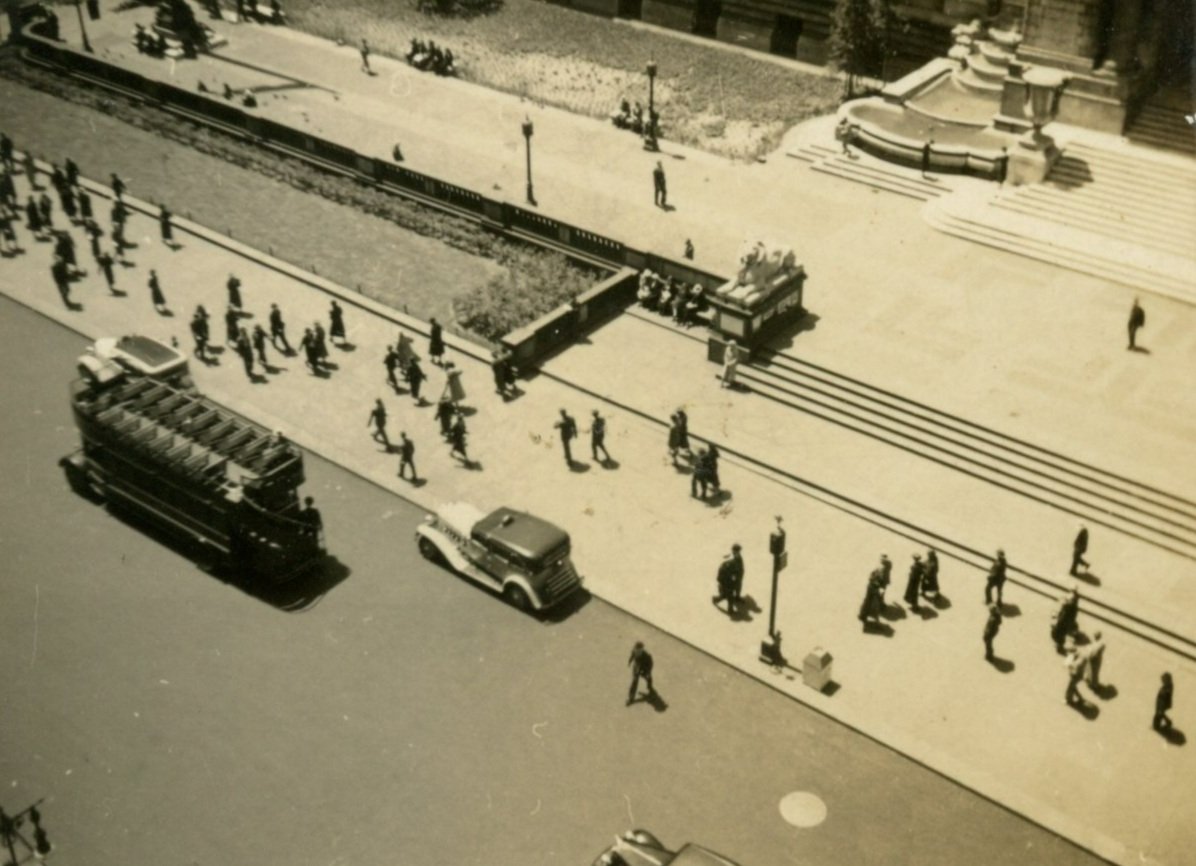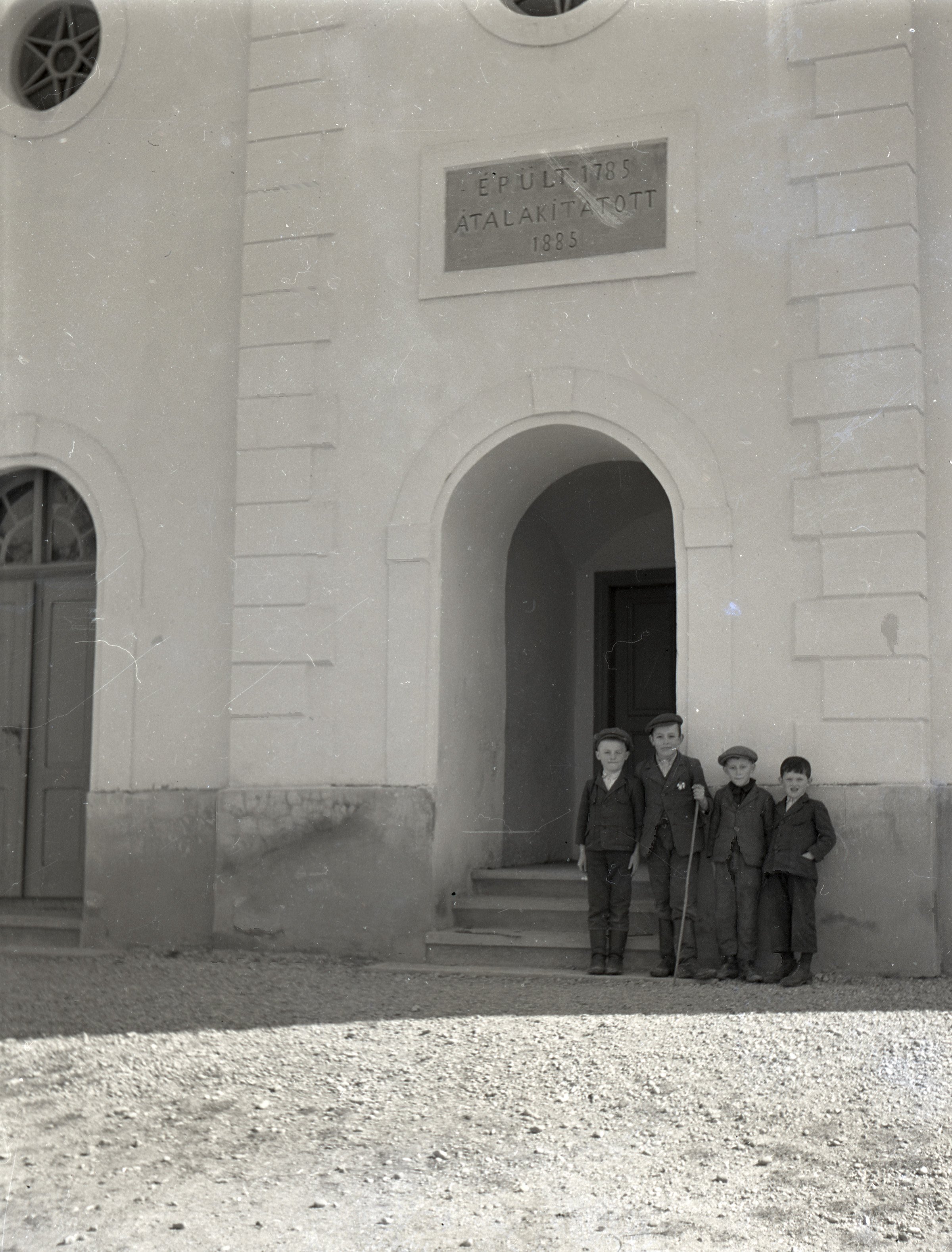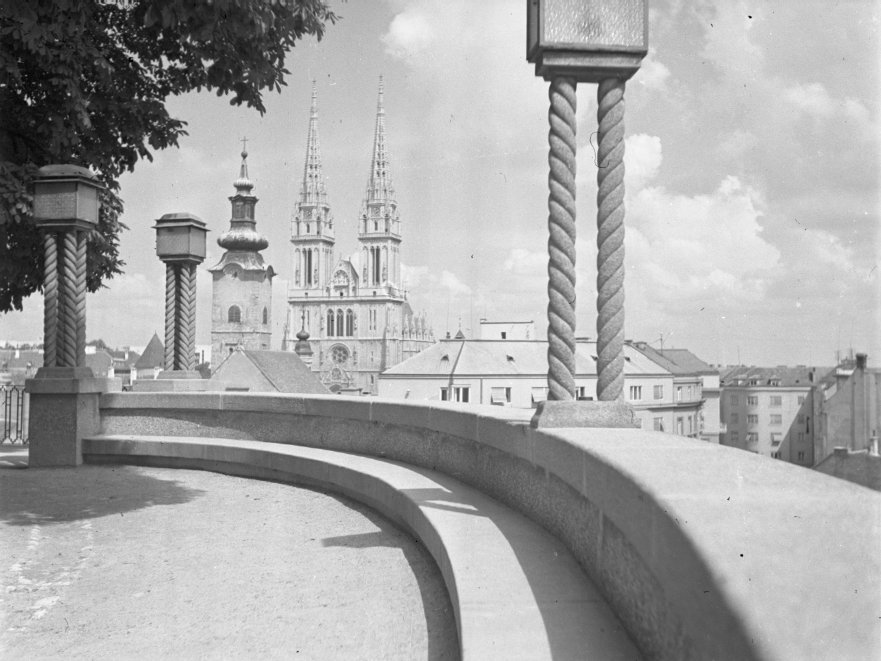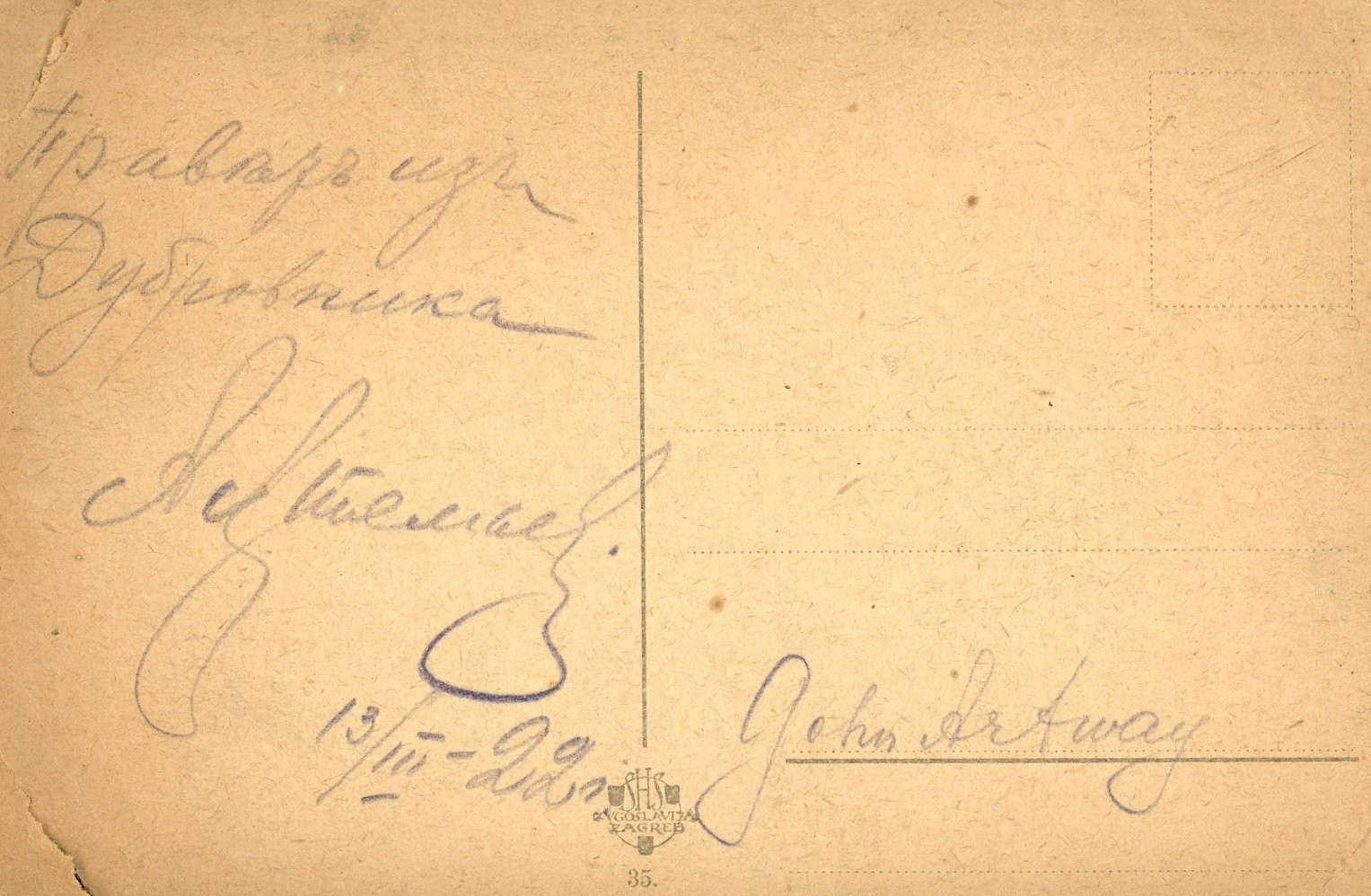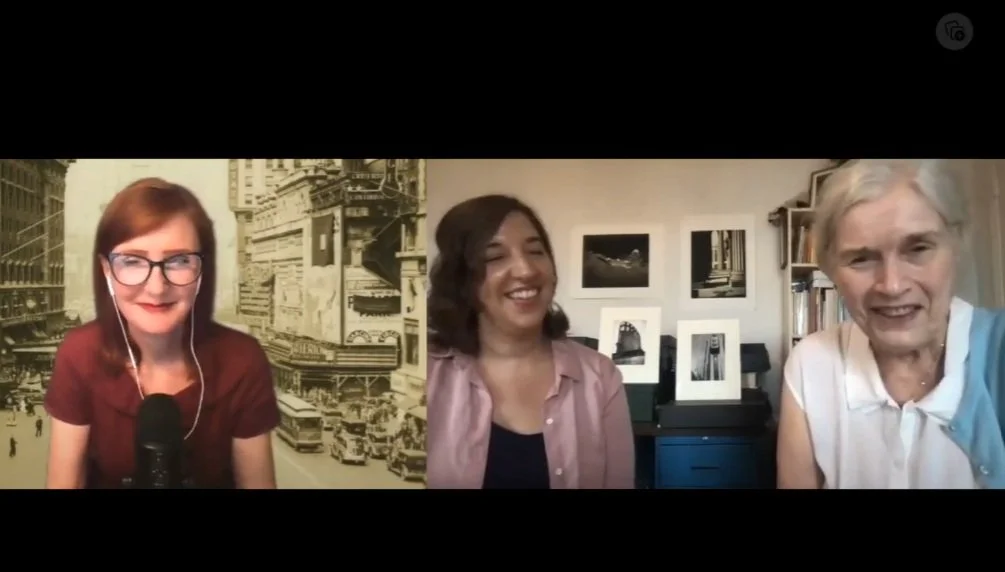ARTIST: ALEXANDER ARTWAY
(b. 1903 - d. 1963)
Art Histories are highly curated presentations of an artists’ life’s work provided for appreciators today, scholars of tomorrow, and generations to come.
A Brief Description of the Life of Alexander Artway
Alexander Artemiev was born March 25, 1903 in Gomel, Belarus, Russia. He was the youngest child of nine children. His prosperous family educated him in the gymnazium where his older brother was the principal. Russia was in great turmoil in 1917, and Alexander, as well as so many others, was caught up in these changing times. He fought as a young teenager in the White Army. He said he liked the uniform and had to do this for his family’s land and property. In the army he was wounded in his left leg, which gave him trouble all his later life. He fled and went into exile for many years in Europe (Belgrade, Prague, Paris), until he was able to enter America. He arrived at Ellis Island in June of 1922 under the name Alexander Artway.
For the next 18 years, Artway remained in New York City. He had to learn a new life adjusting from living on a sprawling Russian farm to very close urban quarters. He worked more with his hands than with his mind because his European degrees were meaningless in the United States. Away from all of his family but his brother John (Sergei), Alexander had to seek out new connections. He found Lena, a woman whose family was still in Ukraine. The two explored the city together and carried on an affair that lasted many years.
From his photographs it appears he was both excited and lonely. From his letters we can see that he was very attached to his mother and family back home. In fact, he returned to Russia in 1936 and 1937 to see them, which was a very risky business. The photographs from this trip to Gomel are touched by a tenderness and nostalgia found nowhere else in his work. They paint a picture of a man returning to his roots. Even though he is pictured in these photographs in his New York City fine suits and hats with hair-line receding, one can spot a little boy’s grin in the photographs of Alex and his mother.
In New York, Artway was fascinated by the skyscrapers being built. He recorded these buildings from every angle and rooftop, and perhaps even from airplanes. He attended and taught at NYU, earning a degree in architecture in 1934.
Before going to NYU (with the aid of an organization called the Russian Student Fund), he joined the Merchant Marines. He later became a captain of ships and sailed around the world taking pictures of the foreign lands he visited. There are many beautiful studies of skies, clouds, and the ocean. (It appears he may have studied and been influenced by Alfred Stieglitz, Bernice Abbott, and others.) He saw much more of the world than the average person of these times and led a very unconventional life.
He documented New York City life yet avoided photographing people he did not know. He recorded city streets, friends, his love life, animals, churches, and of course, architecture. His eye was unique and his negatives are marked by a modernist aesthetic with a touch of pictorialist romanticism. He photographed nearly compulsively for 15 years and only slowed down after the birth of his first child. In Philadelphia he became a family man with the photographs after 1942 are reflective of Artway’s new identity.
It seems unlikely that Artway could have imagined the form his photographs now take. For him, they were a record of his life, of the compositions he saw around him, of a life well-lived. Now they form the Alexander Artway Archive made up of 4,000 negatives and 3,000 prints all of which he neatly organized in plastic sleeves and black boxes. These are his legacy to his daughter Jeanette. The photographs from Russia, the portraits of his family and friends have become her heritage and her link to a family she’s never known. Now, as the images are shared with the public, the photographs can become the heritage of many others. For Alexander Artway’s photographs tell the story of the trials and triumphs of an adventurous immigrant forging a life in America.
COLLECTION: New York
Click on an image to expand
Archival Background
Alexander Artway’s interest in photography was nurtured by his natural curiosity, extensive travel, and professional architect’s eye for light and composition. But his talent was rooted in something much more important than proper arrangement of the shot. Artway was a visionary who foresaw that some of the objects he photographed would disappear very soon. His Russian series of photographs depicts churches, houses, and palaces in his native city of Gomel, Belarus that would soon be destroyed by the Soviets or perish in the bombings of World War II (1939-1945). Many of these shots are of historical value now, since they are the only visual proof that those artifacts ever existed.
Artway’s Russian photographs are also remarkable for the portraits he took when he visited his family in 1927, 1929, and 1937. These historically truthful images show the everyday lives of the citizens, which became increasingly difficult during that decade. Due to their historical relevance, the Palace of the Rumyantsevs and the Paskeviches in Gomel arranged an exhibition of Artway’s photography in September 2020.
Besides capturing images of his family and his birthplace, he also photographed his new home, New York City, including buildings, skyscrapers, and bridges. These New York shots are imbued with his awe of technological and architectural wonders of this time. His modernist style showed that be absorbed the creative artistic endeavors of the twentieth century while living in Manhattan.
But it is not only urban objects that enchanted him. Artway also carefully observed nature in his photographs of parks, people, flowers, and animals at the zoo. His architectural eye caught unusual beauty in simple things. A tree in New York’s Central Park, reminiscent of Albrecht Dürer’s engravings, is an example of how omnipresent beauty can be.
The Artway archive holds many mysteries. A big part of Artway’s legacy is devoted to a woman named Lena, whose traces have been lost and whose last name we can only guess. Presumably, she was a Hungarian from a village of Krizevci or Focovci in modern Slovenia (or Croatia) and was a sister of Alexander’s elder brother John’s (Sergey’s) wife, Maria. Obviously, Lena had to make a choice: to stay with the man she loved, or to return to her children from previous marriage. Some heart-breaking photos clearly indicate that the choice was tough in 1937. Then the devastating war swept across Europe and all connections with Lena and her family were lost.
Alexander Artway carefully preserved all of his negatives and prints, and diligently arranged and labeled his albums. But the entire archive would have been lost if not for his sister, Maria, and his daughter, Jeanette Artway Jimenez, who both kept it safe despite all odds. During World War II, when Hitler entered Russia through Belarus, Maria fled her home, but not before burying the prints her brother had sent her in the earth for safe keeping. Over the next five decades, following his sudden death, Jeanette carried her father’s archive with her, knowing that she possessed the only connection to his family as well as an important archive revealing history, beauty, and an evolving American Dream.
PUBLICATION
Five Year Diary
Alexander Artway
COLLECTION: LANDSCAPE
Click on an image to expand
COLLECTION: EASTERN EUROPE
Click on an image to expand
FEATURES
A Message from the Alexander Artway Archive
Interview with Jeanette Artway Jimenez, daughter of Alexander Artway
Alexander Artway's Photographic New York: A Daughter's Journey - Into the Absurd
Podcast Interview with Jeanette Artway Jimenez and Katie Tackman about uncovering the archives of
Alexander Artway’s photography from two suitcases stored away for years
return to gomel
Photographs of Belarus by Alexander Artway on display
at the Palace of the Rumyantsevs and the Paskeviches in Gojmel, Belarus
© The Alexander Artway Archive
Mirror lake at whitesbog historic village
Alexander Artway Photos of Browns Mills and New Jersey
Exhibition Dates: September 2019 - 2020
Whitesbog Historic Village in Browns Mills, NJ
© The Alexander Artway Archive
Revisiting the Family Album: Stories That Bind Us
Center for Fine Art Photography
Online Exhibition
Exhibition Dates: June 6 - December 31, 2023
© The Alexander Artway Archive, Family Album Collage #1
REPRESENTED BY Steven Bulger Gallery
1356 Dundas Street West
Toronto, ON Canada M6J 1Y2
Click here to view Artway's artworks at Stephen Bulger Gallery
© The Alexander Artway Archive, Untitled 7, New York, Circa 1935, 4.5 x 3.5 inches
To acquire artwork from the Alexander Artway Archive collection, email info@amiepotsicartadvisory.com.
Click here to download Alexander Artway’s CV.
To learn more about the artist and archive: www.alexanderartway.com
Banner Image: © The Alexander Artway Archive
CREATE HISTORY NOW
Our Art Histories program features highly curated presentations of an artist’s life’s work provided for appreciators today, scholars of tomorrow, and generations to come. Creating your own art history is an important opportunity for artists to shape their own legacy.
By documenting, exhibiting, and publishing their artwork as well as placing works with institutions and collections, we help artists give the gift of creativity now and tomorrow. To learn more about Legacy Planning, contact us directly to schedule a consultation.



